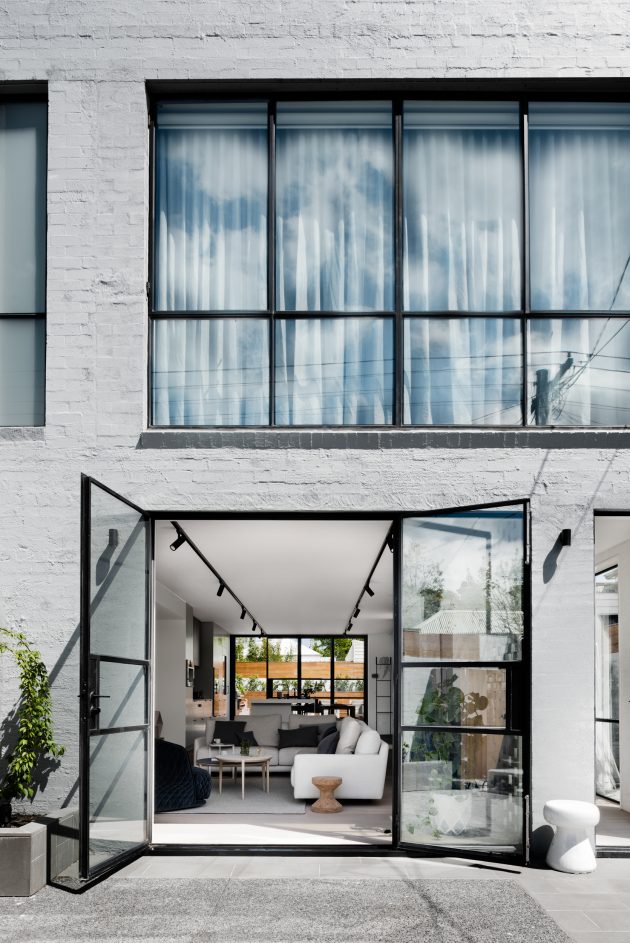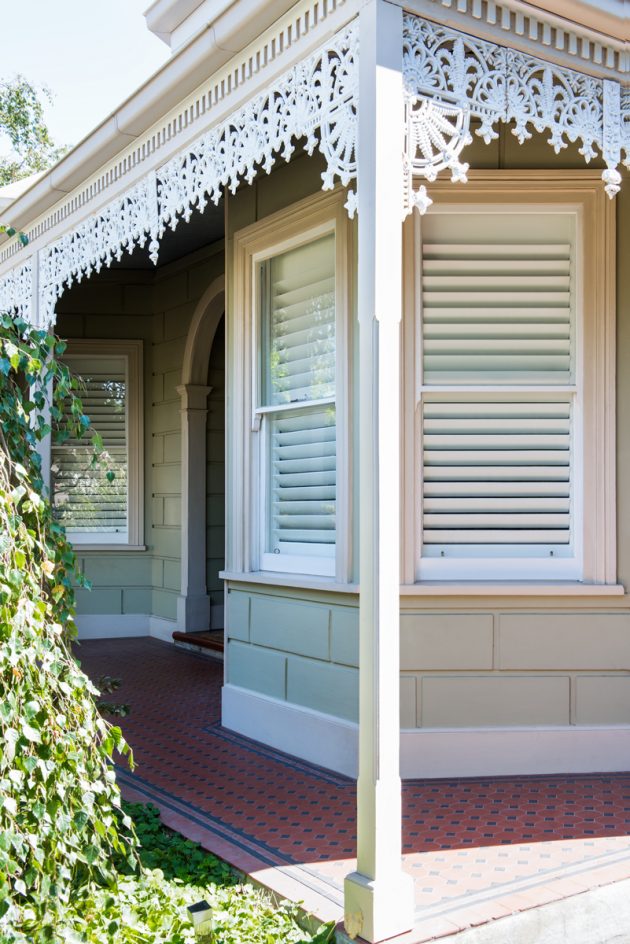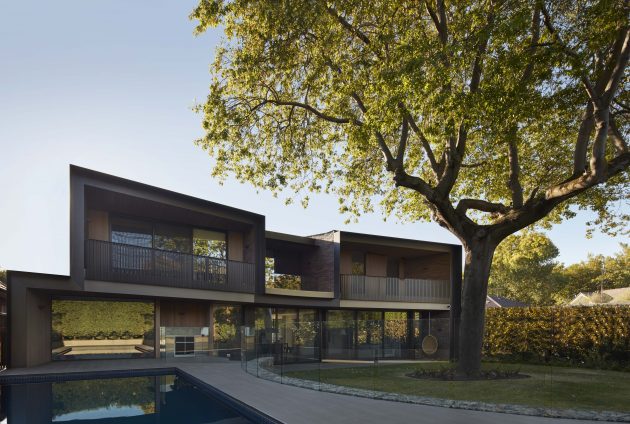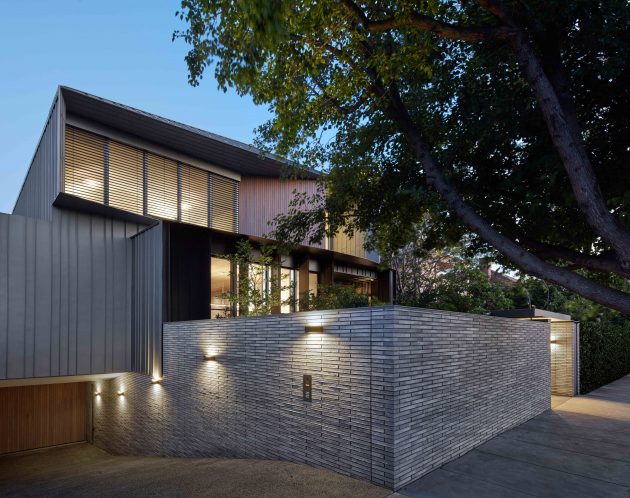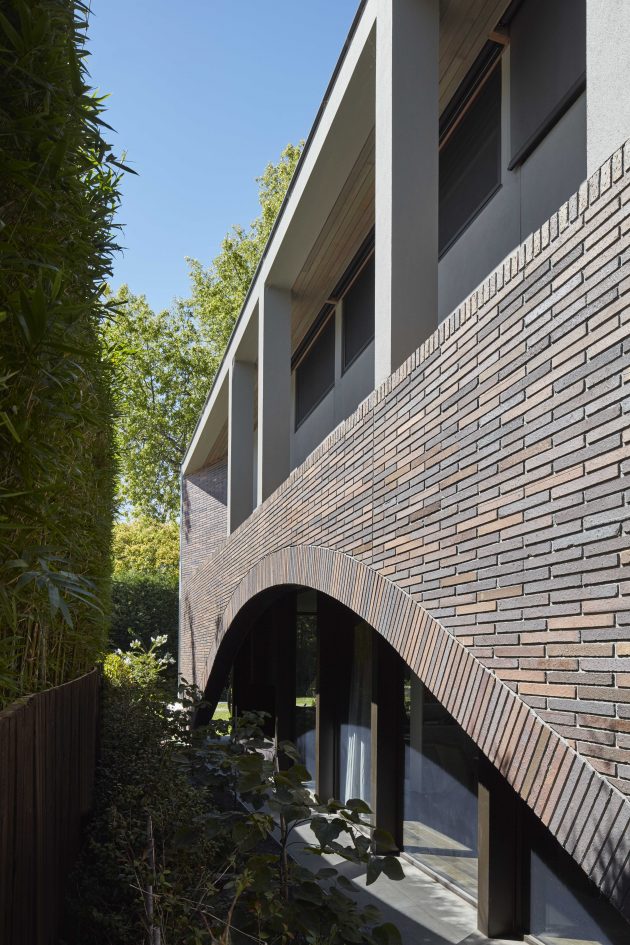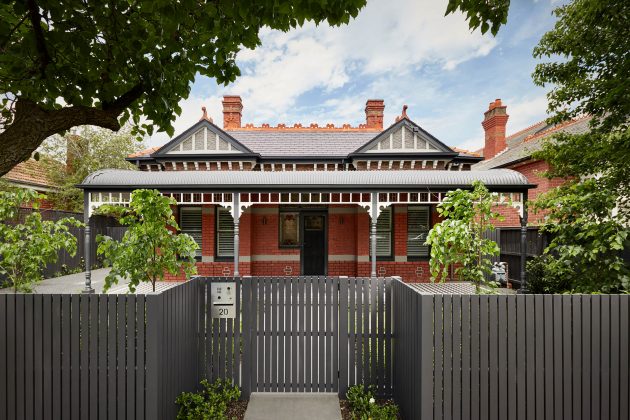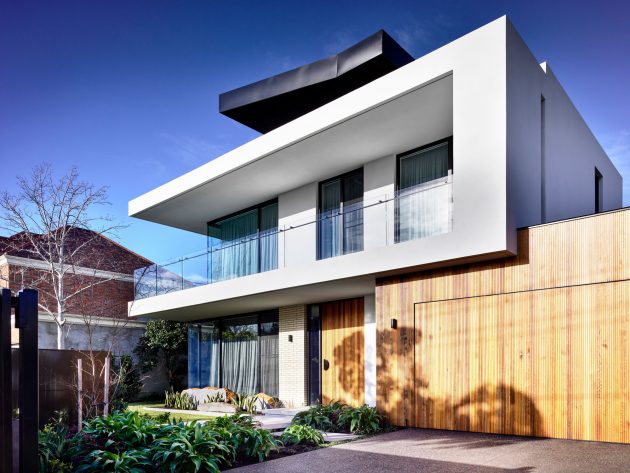Pre-Colonial
Even before the first settlers arrived, the Australian landscape was dotted with dome-shaped structures created by the land’s Indigenous population. Stone was the preferred material in colder regions, whilst cane frameworks were used in warmer areas.
Unfortunately, Australia’s pre-colonial architecture is rarely discussed during conversations about the country’s architectural history. Settlers arrived with their own ideas about architectural beauty and integrity and their own technology, dismissing the structures which pre-dated their arrival by centuries.
Colonial Architecture
Following settlement, Australian architecture was heavily influenced by the structures colonial leaders were accustomed to back home. Architects demonstrated notable apprehension about creating a national architectural identify for Australia, a phenomenon not limited to Australia.
Spanish architectural styles could be seen throughout the Americas, whilst Dutch architecture could be seen across South Africa and South Asia, and Portugese trends in parts of India and Sri Lanka. British architectural styles can still be seen around Australia to this day and even persist in newer buildings, with ties between Australian and Great Britain remaining close.
Classic examples of British colonial architecture in Australia include the Georgian St. James’ Church in Sydney, Melbourne’s Gothic Collins Street, and the Victorian city of Ballarat.
Wartime Influences
Although construction work slowed significantly during the two World Wars, the structures built around this time began to diverge from the British colonial styles typical of early settlement Australia. It was around this time that the California Bungalow which, despite its name, was a style that actually originated in Bengal, India, offered Australians the experience of ‘cottage luxury’, with enclosed porches and exposed redwood beams. California Bungalows were hugely popular in Melbourne, Sydney, and South Australia, with each area bring its own unique take on the style, with red brick in Melbourne and limestone materials in SA.
Another major trend was French-inspired art deco design, focusing heavily on geometric shapes and, of course, classic enclosed balconies. Art deco fashion eventually made its way around the world, perhaps most famously ending up in Miami’s South Beach, and while the trend has largely fallen out of favour today, there are many reminders of the style to be found throughout Australia. Melbourne’s Mitchell House on Lonsdale Street, for example, demonstrates many well-known, traditional art deco features.
Finding an Architectural Identity
Up to this point, Australia was still very much borrowing ideas and trends from around the world, and had not yet cemented its own architectural identity. However, post-war migration, coupled with the great resurgence of Australian art in the 1950s, provided just what the country needed to find its own style.
Australia found its own identity in blending ideas, mixing trends, and juxtaposing styles; incorporating both domestic and international influences into a single vision that was both fresh and avant-garde, whilst often wearing its influences on its sleeve.
Classic examples include the UNESCO World Heritage-listed Sydney Opera House, constructed between 1959 and 1973 and designed by Danish-born architect Jørn Utzon, and Canberra’s Parliament House, built in the 1980s and designed by Italian Romaldo Giurgola. A country that prides itself on its multiculturalism, that pride is evident in the clash of styles and inspirations that make up Australian architecture.
The Future of Australian Architecture
Whilst Australian architecture has embraced modernity (and post-modernity, for that matter) and set as many trends as it has kept pace with, one of the most recent and promising trends in Australian architecture is the long overdue focus on traditional Indigenous styles.
Neglected for most of Australia’s post-colonial history, Aboriginal culture is slowly coming to the forefront of culture, evident in art, architecture, music, film, and in language. Much of the Indigenous influence in the world of architecture comes as a result of the first generation of Indigenous architecture students graduating from university architecture and design programs.
Contemporary Indigenous architects such as Andrew Lane, Queensland’s first registered Indigenous architect, Carroll Go-Sam, and collectives such as Merrima Design Group, who designed the Aboriginal Medical Service, incorporate different elements and symbols of traditional Indigenous culture into their work. Others, however, avoid referencing Aboriginal ancestors or making references to The Dreamtime, and instead use architecture as a conduit to explore themes of identity and place.
An Architectural Revolution
Australia’s architectural landscape is a reflection of its demographic landscape, a meeting of styles, tastes, trends, and influences blending and juxtaposing against one another. A drive through the streets of Melbourne can take you from the early colonial period, right through to the post-War period and beyond. Ultimately, Australia’s architecture is an illustration of its history and the result is a unique blend of styles, designs, and trends that simply cannot be found anywhere else. Australia is an architectural melting pot.
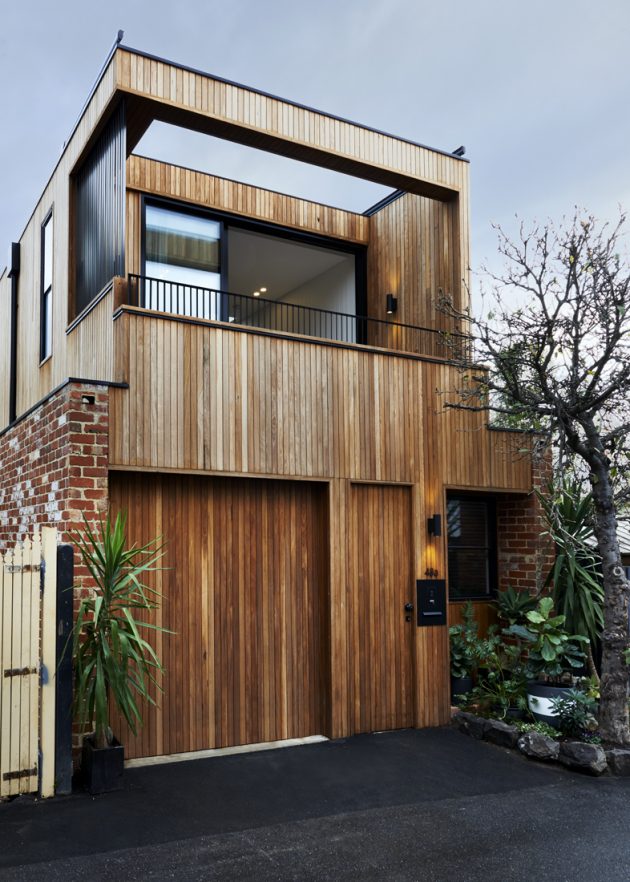
Author: Ryan Lewis is a director at Lovelight. He has a keen eye for detail, is passionate about quality and is also a huge lover of bikes. He is married to Naomi and he is proud father of two – Asha & Jack.

